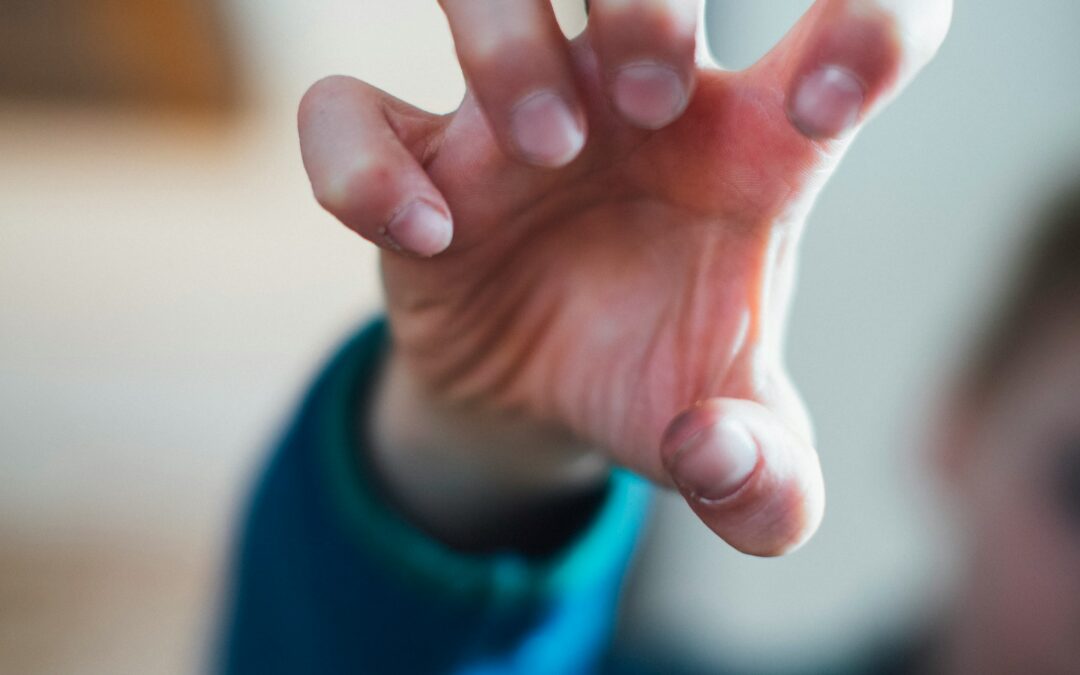One of the most powerful tools we have as parents and caregivers is simple: the pause.
It’s not something most of us were taught growing up. Many of us didn’t have caregivers who paused; we had people who reacted. But choosing to pause — to stop, breathe, and respond with intention — can change the dynamic in your family, especially when emotions are running high.
My grandson, for example, has big emotions — happy, sad, excited, frustrated, you name it. And like many young kids, those emotions sometimes come out physically. He might rush at you for a hug or hit when he’s overwhelmed. And when this grandma is tired or not feeling well, it can be a lot.
Thankfully, his brilliant mama developed a little family rhyme to help create some space between what he’s feeling and how he manifests that physically. When a big feeling starts to feel a little too big, my daughter-in-law will say, “I need a pause. Show me your claws!”
It gives him something to do rather than something to stop. Instead of saying, “Don’t touch me,” or “Go away,” we give him a positive outlet. He shows his claws, we stomp around like dinosaurs, and the energy shifts. It’s playful. It’s connecting. It’s effective. We’ve made it a ritual, and rituals matter.
This kind of practice creates safety. When a child sees you naming what you need and giving them a path forward, they learn how to do the same. And honestly? Adults can learn from this too.
Sometimes, I use the One Minute Pause app by John Eldredge when I’ve had a hard session or a tough phone call. Just a one-minute meditation helps me reset before I step into the next thing. Think of it like giving your nervous system a break — like putting your phone on airplane mode for a minute to let it breathe.
In fact, anything that helps your brain and body settle can be a pause: a walk around the block, six deep breaths, a cold glass of water, a few yoga poses. (My favorite reset? Cobra pose. I talked about it in my last post, too!)
No matter your age, a pause gives your brain time to come back online — from lizard brain to human brain, from reaction to response. And it works even better when we ritualize it, so our kids (and partners, and coworkers, and selves!) know what to expect.
In part two of this series, we’ll talk about what this looks like in adult relationships and how to create rituals of pause that support communication and connection.
Whether you’re practicing this in your parenting or your partnership, the pause is a beautiful invitation to be your best self. If you need help learning how to put it into practice, we’d love to support you.
Photo by Markus Spiske on Unsplash


